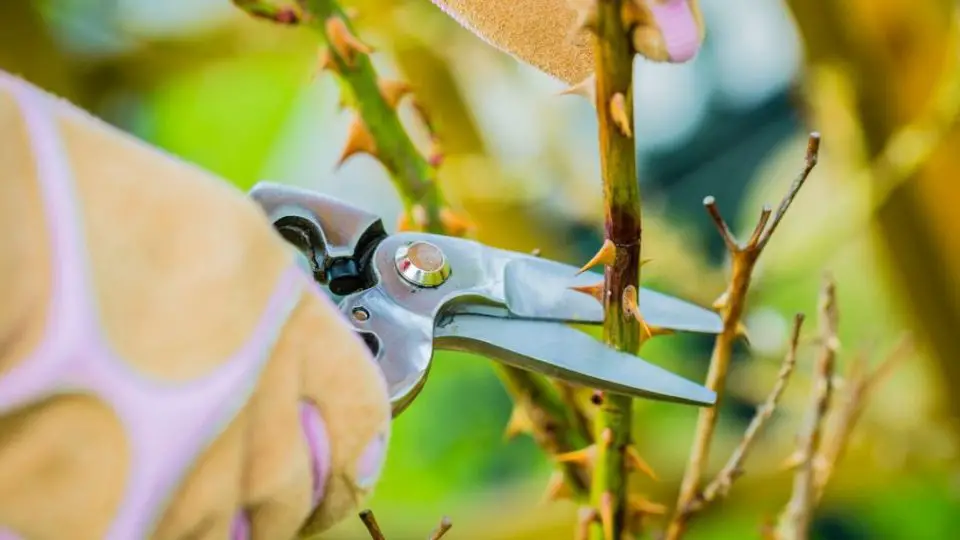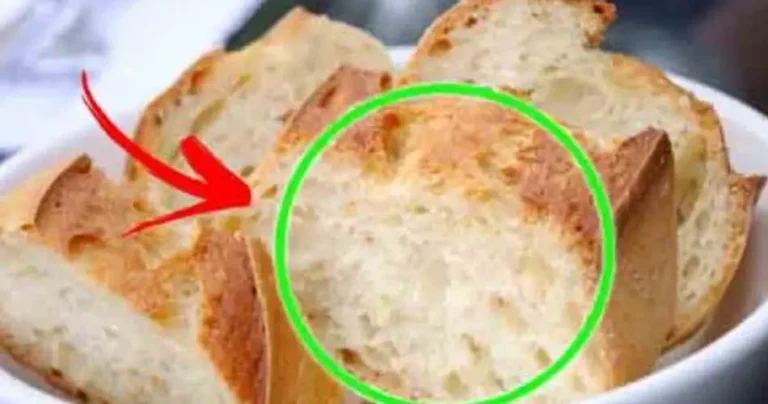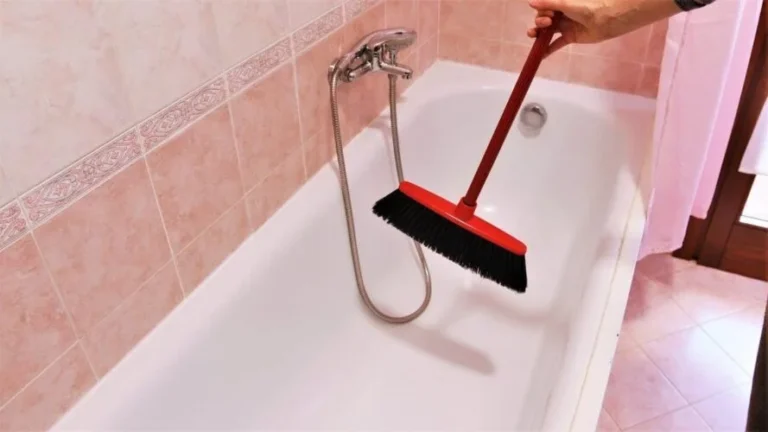Rose pruning: when and how to prune roses to have magnificent roses?
Roses are ornamental plants appreciated for their beauty and scent.
Although they are relatively easy to care for, regular pruning is essential to maintaining their health and beauty. In fact, correct pruning allows roses to produce new shoots and prevent diseases and parasites.
Here are some essential tips on when and how to prune roses and enjoy their splendid flowering.
Why is it important to prune roses?
It is important to prune roses, because this way they can be pruned:
LEE: Planting peonies: the secrets to successfully growing and caring for peonies in the garden
- They grow better and produce more flowers.
- It promotes the circulation of sap in the tree and stimulates the growth of new branches.
- We distribute the strength of the tree better and obtain more abundant flowering.
- To prevent roses from becoming too large and unmanageable.
When is it recommended to prune roses?
It is recommended to prune roses in spring, when they begin to grow again, to allow them to grow quickly and produce more flowers.
It is important not to prune too late, as frost can damage the plants. Roses should be cut about 15cm above the ground.
The branches must then be slightly inclined to promote air circulation and avoid water stagnation.
Finally, it is important to remove dead or diseased branches to avoid the spread of the disease.
Pruning climbing roses
Repeating climbing roses are perfect for providing abundant, regular flowers. Pruning is the surest way to obtain a healthy, vigorous plant that will produce beautiful flowers.
Pruning of trailing climbing roses begins with the end of the main branches, which are kept at 5 or 6 eyes; lateral shoots must also be reduced to 5-6 eyes (i.e. 30-40 cm); the roots must be reduced to 20-25 cm and the damaged parts eliminated.
To obtain abundant and regular flowers all year round, it is important to prune climbing roses correctly, starting from the end of the main branches and continuing towards the lateral shoots and roots.
By following these steps you will obtain a healthy and vigorous plant that will surely produce abundant and regular flowers.
Pruning of shrub roses
One of the main concerns when dealing with standard roses and shrubs is making sure they maintain a limited number of main branches (between 3 and 7).
Pruning promotes the growth of young stems and prunes existing woody branches. Therefore, it is advisable to cut 3 to 5 eyes, that is, at an average distance of 15-20 cm from the graft point .
Another important consideration is to open the center of the bush to allow better air and light circulation.
Pruning non-climbing climbing roses
Pruning non-climbing climbing roses is an important practice for gardeners who want to preserve their rose bushes.
Pruning is carried out by maintaining 6-7 main branches and bending all the other lateral branches to 2 eyes to improve flowering.
Pruning non-climbing climbing roses is a process that requires attention and regular practice.
Choose the right time for pruning to avoid damaging or cutting live parts.
Please remember that these roses are pruned immediately after the end of flowering, usually towards the end of August.
What tools should I use?
In order to benefit from the best quality roses, it is important to equip yourself with the right tools.
- A quality , well-sharpened pruner is essential, as are shears or a large carpenter’s saw.
- A pair of gloves specially designed for roses or, failing that, a pair that covers the forearms. This is necessary to protect yourself from thorns.
- A bottle of methyl alcohol and a cloth are necessary to disinfect the blades of the tools between one rose bush and another, to avoid the possible transmission of diseases.
This phase is very important and allows you to maintain optimal quality of the flowers.
What to do with pruned branches?
Pruned branches of rose bushes can be used as compost: they can be decomposed and used as a natural fertilizer for roses or other plants.
To make compost, place pruned branches in a pile with other organic matter, such as leaves, grass clippings or kitchen scraps. The pile must be watered and turned regularly so that the various materials decompose properly.
Compost is ready to use when it is dark brown and has an earthy smell.
Are there things to avoid when pruning roses?
There are some common mistakes to avoid when pruning a rose bush:
- Prune too early or too late : It is important to prune roses at the right time. Most experts recommend pruning roses in late winter or early spring, just before new growth begins to form. If you prune too early, you risk damaging the living branches which are still fragile after the winter. If you prune too late, you risk cutting the buds that will produce the flowers.
- Do not use clean, sharp tools : when pruning roses, use clean, sharp tools. Dirty or dull tools can damage branches and spread diseases.
- Cut branches that are too short or too long : When pruning a rose bush, it is important to cut the branches to the correct length. If you cut too short, you risk damaging the plant’s future growth. If you cut it too short, you risk damaging the buds that will produce the flowers.
- Don’t remove dead or diseased branches : Before pruning a rose bush, inspect the plant for dead or diseased branches. If you don’t remove them, they can spread diseases to other parts of the plant.
- Trim all roses the same : Not all roses are the same and some require different pruning. For example, climbing roses need to be pruned differently than shrub roses. It is important to understand the particularities of each rose variety before pruning.
By avoiding these common mistakes, you can help your rose bush grow and bloom to its fullest potential.
Now you have all the information you need to take care of pruning your roses!






